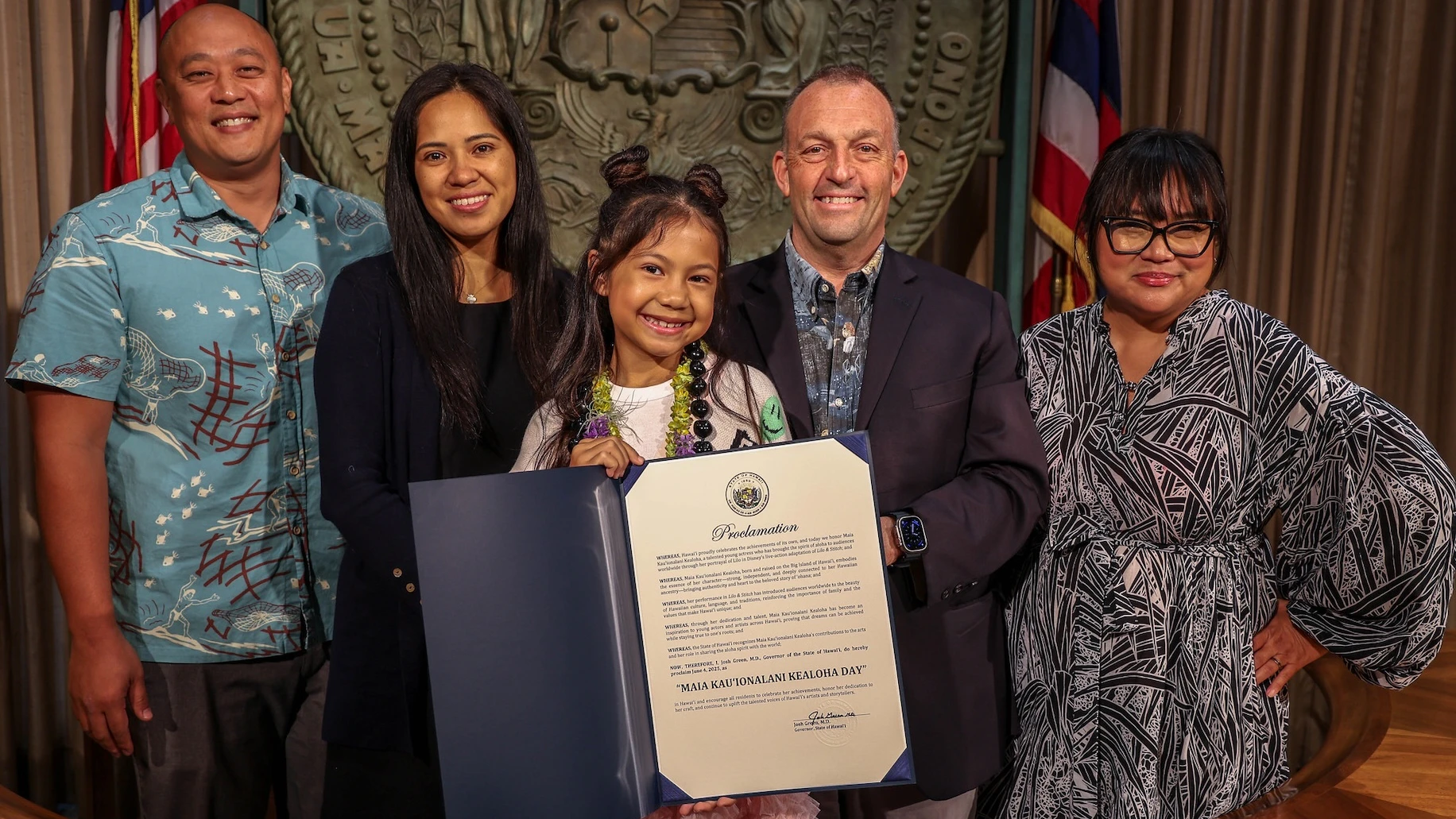There's been much ado about snakes this week, after state agriculture inspectors captured a live three-and-a-half-foot ball python in a Kaimukī backyard on Sunday.
And while it's illegal to own or possess a snake in Hawai‘i, stowaways that are accidentally transported to the Islands from faraway places can pose serious threats to the state and its ecosystems.
The brown tree snake in particular remains the top invasive species threat to the Islands, Jonathan Ho, manager of the state Department of Agriculture's Plant Quarantine Branch, said in an emailed response to questions from Aloha State Daily. The responses were provided to ASD by a department spokesperson.
These snakes are native to parts of Indonesia, the Solomon Islands, New Guinea and Australia but arrived in Guam following World War II, "probably as a stowaway in military cargo," the PQB notes. "Since the snake had no natural enemies on Guam, it attained high population levels."
It takes a team to keep the brown tree snake out of the Islands. Ho says the HDOA, U.S. Department of Agriculture Wildlife Services, U.S. Geological Survey, and U.S. Fish and Wildlife Service work together to prevent the introduction of the reptiles to Hawai‘i from Guam.
"Collaborating agencies have been diligent in deploying hundreds of BTS traps surrounding airfields and seaports in Guam to prevent the snakes from potentially hitchhiking on military and civilian transport," he said. "It is estimated that tens of thousands of BTS have been caught and removed from transportation hubs on Guam. In Hawai‘i, HDOA continuously maintains 32 BTS traps surrounding the military airfield at Joint Base Pearl Harbor Hickam in case any BTS do arrive via military transport."
HDOA's detector dog and BTS interdiction program also inspects all incoming commercial flights from Guam and other areas where the snakes are known to be, Ho said. In 2024, PQB staff conducted inspections for the reptiles on 1,469 of 1,498 aircraft and surface vessels that came from Guam or other high risk areas, he said.
"The introduction of BTS to Hawai‘i would be an ecological disaster and the economic cost to Hawai‘i has been estimated as high as $1 billion-plus per year."
The snakes are a pricy problem. A 2022 report from BBC said that the American bullfrog and brown tree snake collectively caused $16.3 billion in global damages since 1986. Scientists found that the brown tree snake alone was responsible for $10.3 billion in damages.
The Hawai‘i Invasive Species Council notes that the population of brown tree snakes on Guam was once around 50 snakes per acre, but is now estimated to between 10 and 21 per acre.
"The BTS has a devastating impact on island that it is not native to because it is not controlled by predators, diseases or competitors as it is in the snake's native range," HISC states, adding that these snakes eat birds, bird and reptile eggs, small mammals and even small household pets, and are responsible for the extinction of nine out of 13 forest bird species and three species of lizards.
According to HISC, the snakes also cause frequent power outages by climbing power lines and getting into transformers and electrical boxes and other ecological impacts.
Since the 1980s, eight brown tree snakes — both dead and alive — have been found in Hawai‘i, according to Ho:
In April 1981, a live snake was found crawling in the customs area at the Honolulu International Airport, and in July that year, a dead snake was found at Barbers Point Naval Air Station.
A live snake was found on a post guy wire at Hickam Air Force Base in May 1986. Three years later, in October 1989, a dead snake was found next to a cargo jet there.
In September 1991, a dead snake was found on the runway at Honolulu Airport and a live snake was found under a cargo jet at Hickam Air Force Base. A live snake was discovered in a warehouse on Schofield Barracks in December 1994.
And in August 1998, a dead snake was found in the wheel well of a commercial aircraft being serviced at the Honolulu airport.
In Hawai‘i, snakes have no natural predators and pose a threat to the environment "because they compete with native animal populations for food and habitat," the department said in a announcement earlier this week about the Kaimukī snake.
To report a sighting of a snake or any illegal animal, call the state’s pest hotline at 808-643-PEST (7378).
Stephanie Salmons can be reached at stephanie@alohastatedaily.com.





